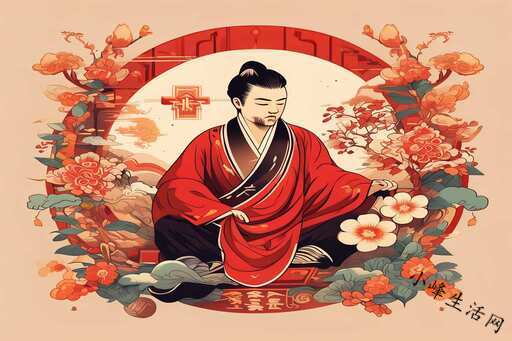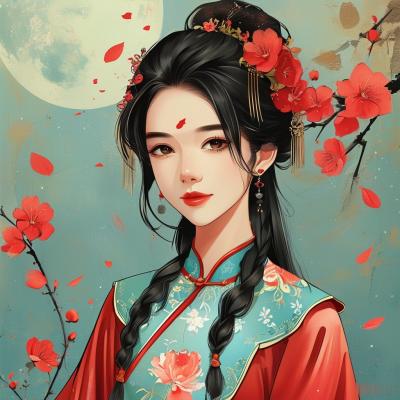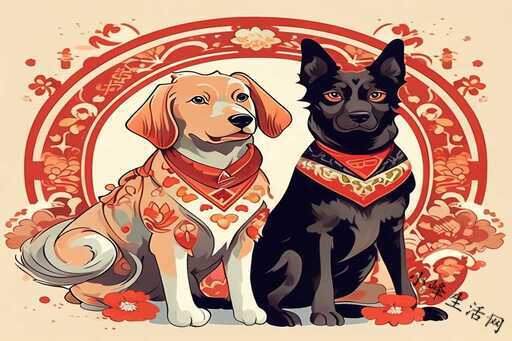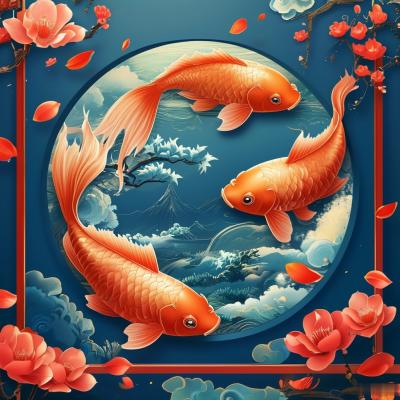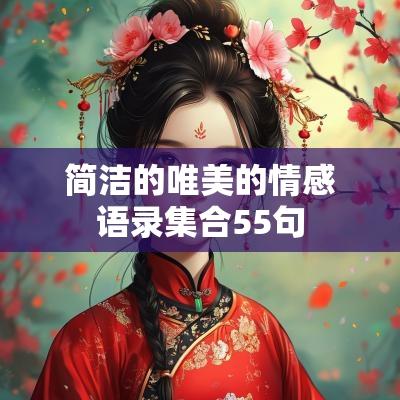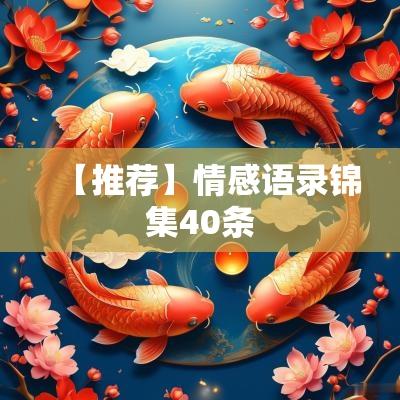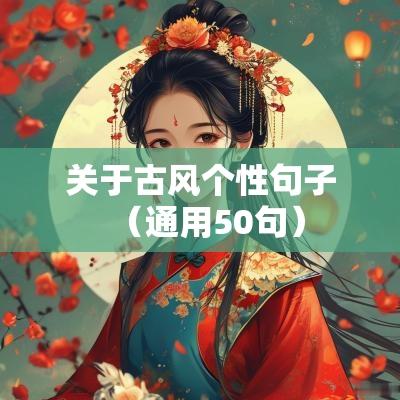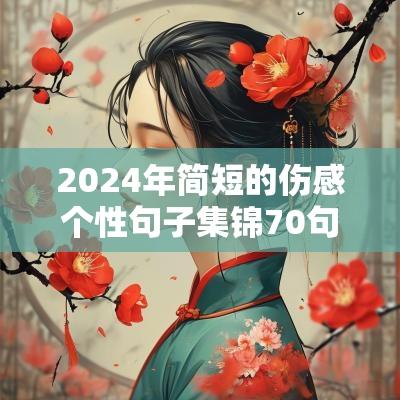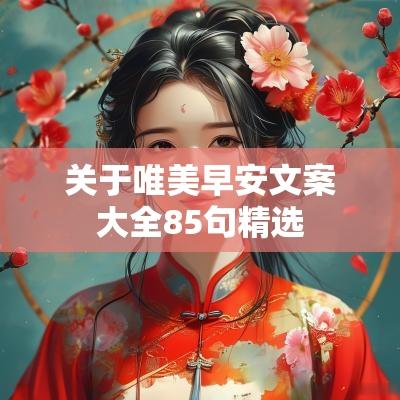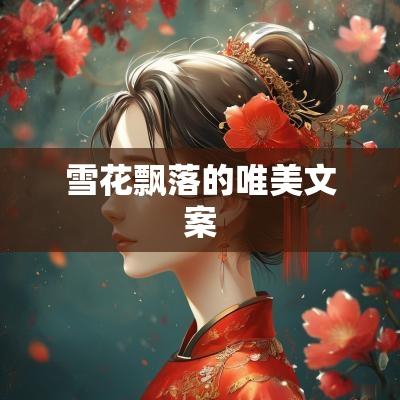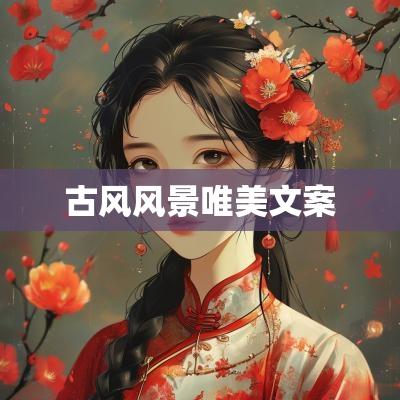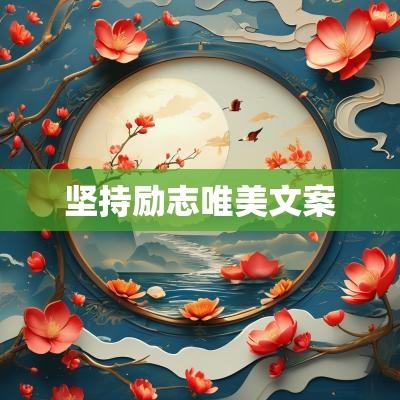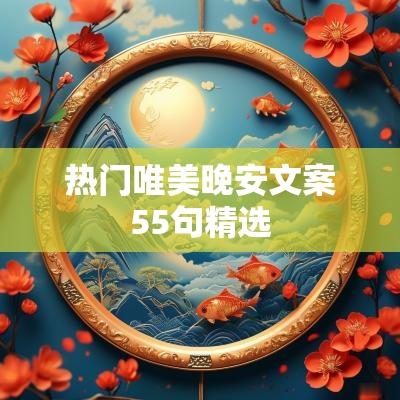How to Write a Jieri Ge in English
When it comes to Chinese poetry, the Jieri Ge is a unique and beautiful form that has been cherished for centuries. The Jieri Ge, also known as the "Festival Song," is a type of poem that is often written to celebrate a specific festival or occasion. It is characterized by its rhythmic and melodic nature, as well as its use of vivid imagery and emotional expression. While the Jieri Ge is traditionally written in Chinese, it is possible to capture its essence and beauty in English as well.

Understanding the Jieri Ge
Before attempting to write a Jieri Ge in English, it is important to understand the key elements of this poetic form. The Jieri Ge typically consists of four lines, each containing five or seven characters. The poem often follows a specific rhyme scheme, with the first and third lines rhyming with each other, and the second and fourth lines rhyming with each other. In addition to its structure, the Jieri Ge also incorporates themes of nature, love, and the human experience, making it a deeply emotional and evocative form of poetry.
Translating the Essence
Translating the essence of the Jieri Ge into English requires a deep appreciation for both languages and their respective poetic traditions. While it may be challenging to capture the exact rhythm and cadence of the original Chinese poem, it is possible to convey the emotional depth and imagery of the Jieri Ge in English. This can be achieved through careful attention to the choice of words, as well as the use of metaphors and symbolism to evoke the same feelings and sensations expressed in the original poem.
Embracing Cultural Differences

When writing a Jieri Ge in English, it is important to embrace the cultural differences between Chinese and English poetry. While the Jieri Ge has a rich history and tradition in Chinese literature, it is essential to adapt its themes and imagery to resonate with English-speaking audiences. This may involve drawing inspiration from different aspects of nature, love, and human experience that hold significance in English culture, while still honoring the spirit of the Jieri Ge.
Examples of English Jieri Ge
To illustrate the beauty of the Jieri Ge in English, here are a few examples of how this traditional Chinese form can be adapted and expressed in English:
Amidst the autumn leaves, love blooms anew
In nature's embrace, our hearts entwine
As moonlight dances on the tranquil lake
Our souls unite in this festival of loveBeneath the cherry blossoms, we find solace
In their delicate petals, we see our love reflected
As the breeze carries our whispered promises
We celebrate this fleeting moment of beautyConclusion
While the Jieri Ge is a traditional Chinese form of poetry, its beauty and emotion can be translated and expressed in English as well. By understanding the essence of the Jieri Ge, embracing cultural differences, and carefully choosing words and imagery, it is possible to capture the spirit of this timeless poetic form in English. Through thoughtful adaptation and creative expression, the Jieri Ge can continue to inspire and move audiences across cultures and languages.


